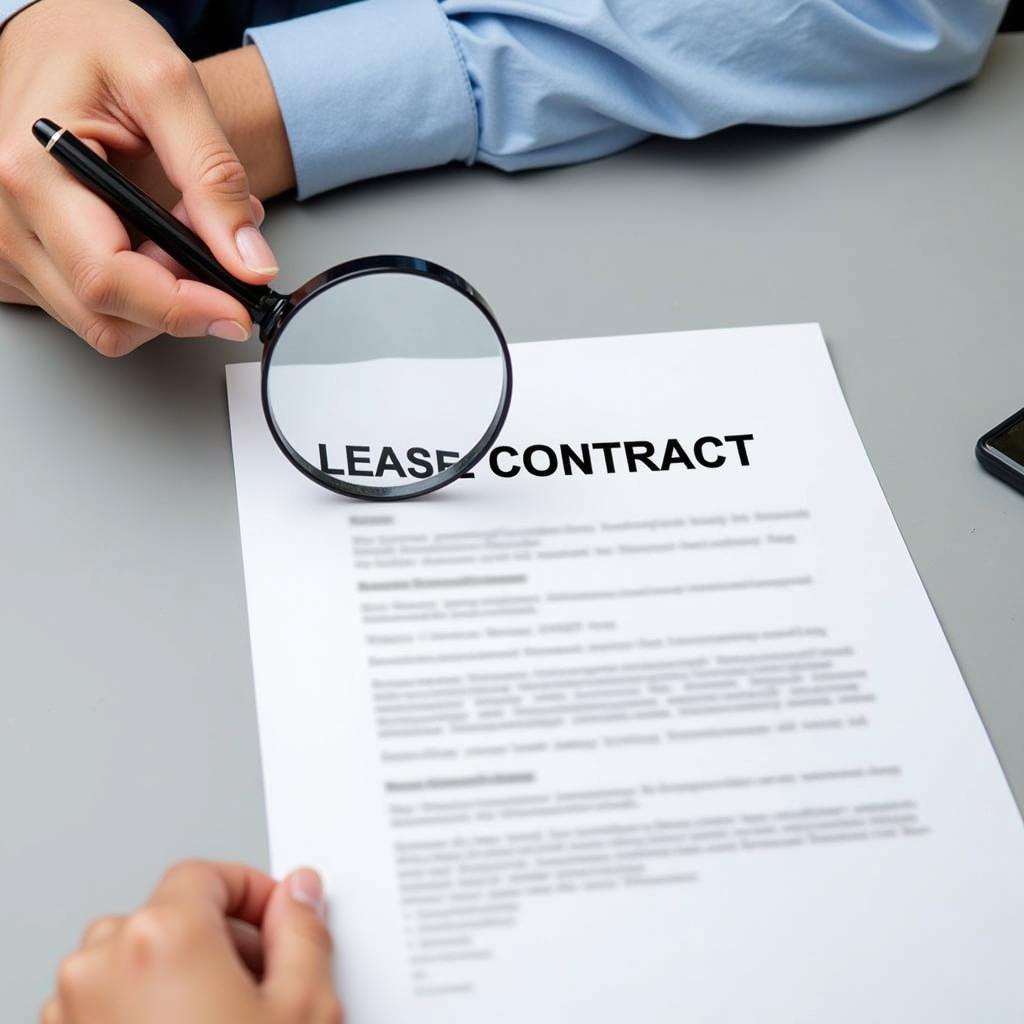Selective Leasing: A Smart Choice?
November 11, 2024Selective Leasing offers a unique approach to acquiring assets, allowing businesses to choose specific items for lease while retaining ownership of others. This strategy can provide financial flexibility and optimize resource allocation, but it also requires careful consideration of various factors. Let’s delve into the details of selective leasing and explore its potential benefits and drawbacks.
Understanding Selective Leasing
Selective leasing allows companies to pick and choose which assets they want to lease and which ones they prefer to purchase outright. This targeted approach can be particularly beneficial for businesses with diverse asset needs, allowing them to tailor their financing strategies to specific circumstances. For instance, a company might choose to lease rapidly depreciating assets like technology equipment while purchasing longer-lasting assets like real estate.
Advantages of Selective Leasing
- Preserves Capital: One of the primary advantages of selective leasing is its ability to conserve capital. By leasing selected assets, businesses free up funds that can be invested in other areas, such as research and development, marketing, or expansion.
- Flexibility and Scalability: Selective leasing offers businesses greater flexibility to adapt to changing market conditions. They can easily scale up or down their operations by adding or removing leased assets as needed, without the burden of owning and disposing of equipment.
- Technological Advantage: Leasing allows companies to access the latest technology without the large upfront investment associated with purchasing. This can be particularly advantageous in industries with rapid technological advancements.
- Tax Benefits: Lease payments are often tax-deductible, which can reduce a company’s overall tax burden.
 Selective Leasing for Technology Advantage
Selective Leasing for Technology Advantage
Disadvantages of Selective Leasing
- Long-Term Costs: While leasing can offer lower upfront costs, the total cost over the lease term can sometimes exceed the purchase price.
- Ownership Restrictions: Leased assets are not owned by the lessee, which means there are restrictions on how they can be used and modified.
- Lease Agreement Complexity: Lease agreements can be complex and contain various clauses and conditions that require careful review.
- End-of-Lease Obligations: Lessees may be responsible for returning the leased asset in a specific condition or face additional charges.
 Reviewing a Selective Lease Contract
Reviewing a Selective Lease Contract
Making the Right Choice: Lease or Buy?
Deciding whether to lease or buy an asset requires careful evaluation of several factors, including the company’s financial situation, the asset’s useful life, and the overall business strategy.
Factors to Consider
- Financial Position: Companies with limited capital may find leasing more attractive.
- Asset Lifespan: Leasing is often preferred for assets with short lifespans.
- Technological Obsolescence: Leasing can mitigate the risk of technological obsolescence.
- Tax Implications: The tax benefits of leasing should be carefully considered.
“Selective leasing empowers businesses to strategically manage their assets and optimize their financial resources,” says financial expert, Amelia Hernandez, CPA. “It’s a valuable tool for navigating the complexities of today’s dynamic business environment.”
 Financial Planning for Selective Leasing
Financial Planning for Selective Leasing
Conclusion
Selective leasing offers a flexible and potentially cost-effective approach to acquiring assets. By carefully evaluating the benefits and drawbacks and considering the specific needs of their business, companies can leverage selective leasing to achieve their strategic objectives. Choosing the right assets to lease can be a key factor in driving growth and maximizing profitability.
“Companies should view selective leasing as a strategic tool for achieving their long-term goals,” adds Ms. Hernandez. “By carefully selecting the right assets to lease, they can optimize their financial performance and enhance their competitive advantage.”
When you need assistance, please contact us at Phone Number: 0915117113, Email: [email protected] Or visit us at: Hamlet 3, Binh An Quarter, Phu Thuong, Vietnam, Binh Phuoc 830000, Vietnam. We have a 24/7 customer service team.